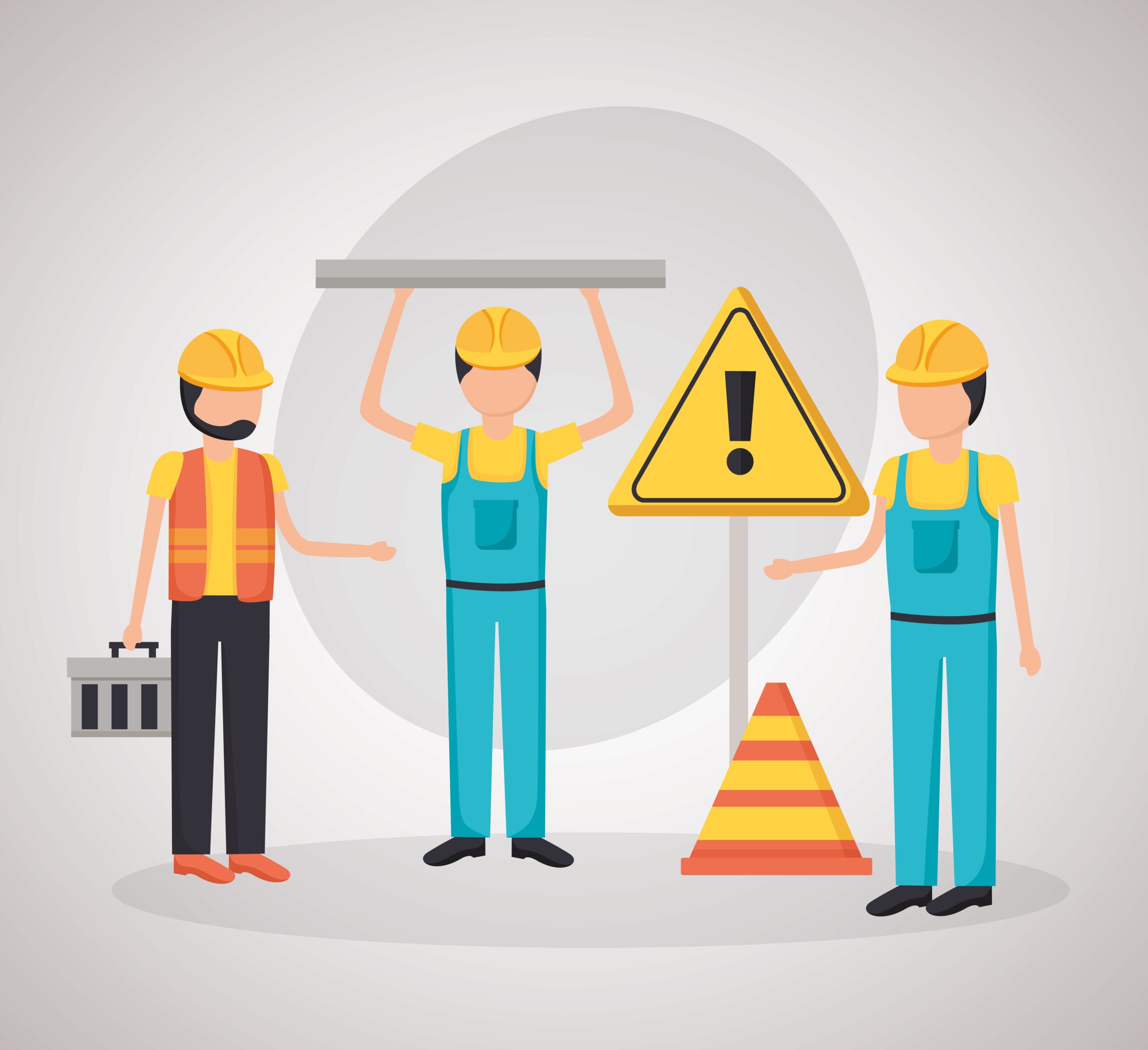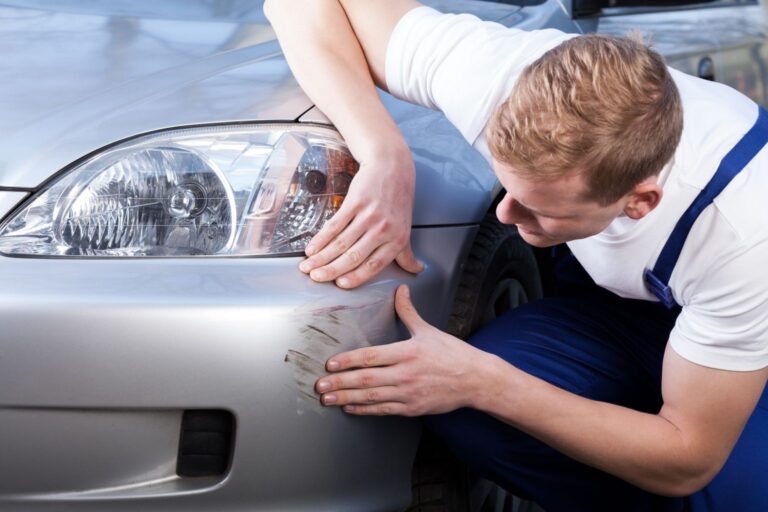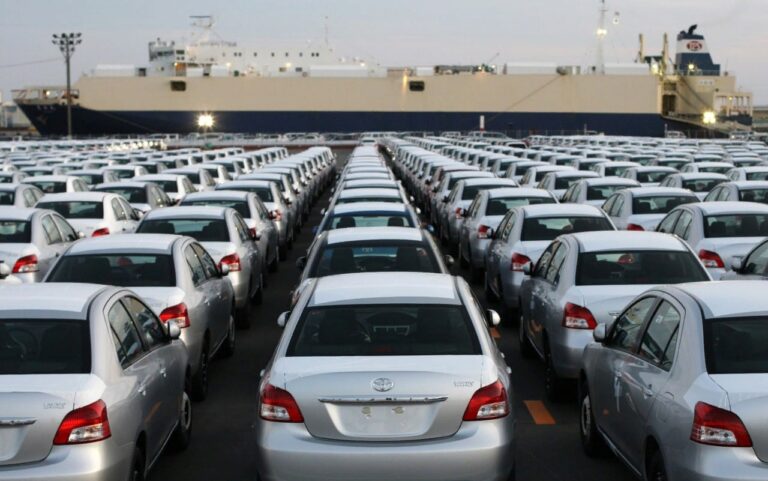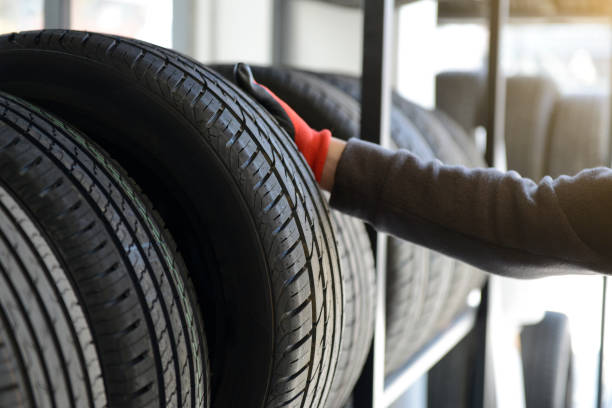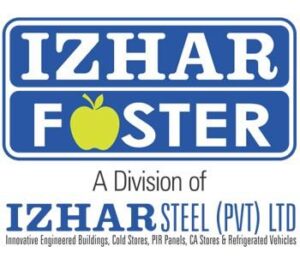In the world of construction, safety is paramount. Construction sites are bustling with activity, heavy road equipment, and skilled workers, making them potentially uneven environments to work. To mitigate risks and ensure the well-being of everyone involved, modern construction tools come with a wide array of safety features. These features are designed to protect operators, workers, and even bystanders, making construction sites safer places to work. In this article, we will delve into some of the innovative safety features found in modern construction equipment.
Collision Avoidance Systems
One of the most critical safety features in modern construction equipment is the collision avoidance system. These systems utilize advanced sensors and cameras to detect obstacles, workers, and other vehicles in the vicinity. When a potential collision is detected, the system alerts the operator with visual and auditory warnings, helping them take corrective action in time. Some systems can even automatically apply the brakes to prevent accidents, reducing the risk of collisions and injuries.
Rollover Protection Structures (ROPS)
To protect operators from the dangers of equipment rollovers, modern construction vehicles are equipped with Rollover Protection Structures. ROPS are robust steel frameworks that encase the operator’s cab, providing a protective barrier in case the equipment tips over. These structures are designed to distribute the impact force away from the operator, significantly reducing the risk of injury or fatality in rollover incidents.
Falling Object Protection
Construction sites often involve lifting heavy materials like compactors, excavators to elevate positions, which can pose a risk to workers below. To address this situation, modern construction tools are equipped with falling object protection features. These systems include overhead guards and screens to shield operators from falling debris, materials, or tools, ensuring their safety while working at height.
Anti-Slip Surfaces
Slips and falls can be a common source of injuries on construction sites. To prevent accidents caused by slippery surfaces, modern construction machinery like material handling equipment incorporates anti-slip technologies. These surfaces provide better traction for operators and workers, reducing the likelihood of accidents, especially in wet or muddy conditions.
Operator Training and Monitoring
Safety in construction equipment is not just about features but also about ensuring that operators are well-trained and alert. Many modern machines are equipped with operator training and monitoring systems. These systems include tutorials and simulations to train operators on equipment operation and safety procedures. Additionally, some machines have monitoring systems that track operator behavior, ensuring they adhere to safety protocols and maintain alertness while operating the equipment.
Emergency Stop Buttons
In emergencies, quick action can make the difference between life and death. Modern construction equipment is equipped with emergency stop buttons that allow operators to immediately halt all machine functions in case of a crisis. These easily accessible buttons ensure that the equipment can be rapidly immobilized, preventing accidents from escalating.
Telematics and Remote Monitoring
Technological advancements have enabled construction equipment to be remotely monitored using telematics systems. These systems provide real-time data on the equipment’s performance, location, and health. This not only helps in maintenance planning but also enhances safety by allowing supervisors to monitor the equipment’s operation remotely and intervene if necessary.
Proximity Alarms
Proximity alarms, also known as backup alarms or blind-spot alarms, are essential safety features in construction equipment. These alarms emit a loud warning sound when the equipment is moving in reverse or when an object is detected in its blind spot. This alerts workers and pedestrians to the equipment’s movement, reducing the risk of accidents.
Fire Suppression Systems
Construction equipment can sometimes be prone to fires due to engine overheating or fuel leakage. To mitigate this risk, modern machines are equipped with fire suppression systems. These systems automatically detect and extinguish fires, preventing them from spreading and potentially causing catastrophic damage or injuries.
Ergonomic Design
Safety isn’t just about preventing accidents but also about reducing operator fatigue and discomfort. Modern construction equipment is designed with ergonomics in mind, providing comfortable seating, adjustable controls, and easy access to essential functions. A comfortable operator is more likely to remain alert and make fewer errors, contributing to overall safety on the construction site.
Conclusion
Modern construction equipment are a testament to the industry’s commitment to safety. Through the integration of advanced technologies and innovative features, these machines not only make construction tasks more efficient but also significantly reduce the risk of accidents and injuries. From collision avoidance systems to ergonomic design, these safety features work together to create a safer environment for operators, workers, and bystanders alike.





